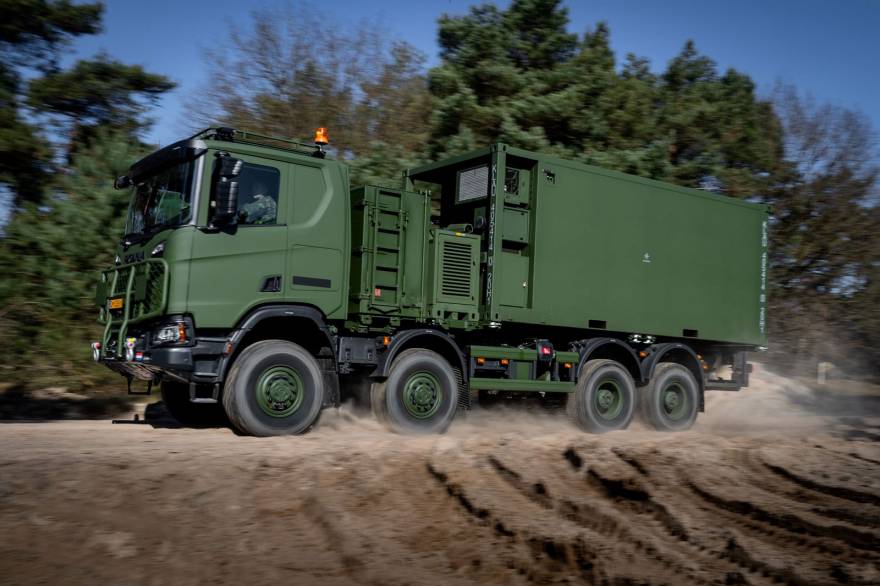
Taper washers, also known as cone washers or cone-rise washers, are relatively small and unassuming but still crucial in different engineering and construction uses because of their ability to offer support, adjustment, and distribution of loads. These are a type of washer which is mainly used where angular or Axial misalignment is there, these are designed as per the requirement of the particular application in which they are to be fitted, and are very essential in assemblies where close tolerance and tight fastening is required. As part of this article, we will try to describe the features, usage instances, and benefits of taper washers in the engineering and construction field.
Table of Contents
Understanding Taper Washers:
Design: Taper washers are definable as those washers that have a conical form of the cross-sections and the thickness of which gradually increases in one certain direction from the initial value. This also provides angular alignment in the case of and to complement any infinitesimal variation in plane or misaligned perpendicular to plane surfaces of the two interfacing parts.
Material: As mentioned, taper washers are made from high tensile carbon steel, stainless and alloy steel ones which provide high vibration stability and resistance to corrosion and, therefore the given component seems to be appropriate for numerous applications across extensively different industries
Functionality: They are used for many constructional activities where bolts and nuts have to be tightened on surfaces that cannot have flat washers or shims subjected to them.
Variations: Standard taper washers are basically symmetrical in that both the inner and outer diameters are at two different levels, the latter in a bid to help center the shaft better yet offset taper washers have the maximum thickness on one side of the outer diameter with a view of enforcing greater concentricity than merely end float.
Applications of Taper Washers:
Structural Steel Construction: In steel construction and fabrication industries taper washes are applied for connecting or positioning the structural beams, columns and joints, and so on for oaring and balancing the load transfer in construction of buildings, bridges and other projects.
Machinery and Equipment: Such washers include taper washers which are common in heavy industries, automobiles, industries and machinery for accurate alignment and proper fastening of parts since they reduce friction and wear and tear of various parts.
Railroad and Transportation: Taper washers are used in railroad track work in connection to rails for the purposes of fastening rail joints, rectifying track alignment and for use of different track contours that may be uneven in order to guarantee efficiency and safety of train movements and the railway systems in general.
Renewable Energy: Taper washers are used in wind turbine construction and installation processes primarily for fastening the tower sections and orienting the rotor substructures and for damping wind-borne vibrations and dynamic loads on the turbine structures.
Advantages of Taper Washers:
Angular Adjustment: Taper lock washers can be used in positioning the mated parts at specifically required angle and help in minimizing all misalignment as well as contamination in a surface.
Load Distribution: Taper washers are similar to slit washers, but they are thinner at one end than the other and conform to specific standards, including: IS 12789:1998, DIN 21544, and ISO 6787-1 and ISO 6787-2 taper washers; As with slit washers, taper washers also work to distribute clamping forces more effectively across bolted joints to minimize the likelihood of stress concentrations and
Easy Installation: Taper washers are very convenient to fit and uninstall as you do not need any tools to fit or remove them, thus it is very suitable to use for either a temporary fix or a long-term fix in a wide variety of engineering and construction projects.
Conclusion:
Taper washers are common elements in engineering and construction uses, and play an important function in maintaining the alignment, steadiness, and load burden of a bolted joint. From steel construction to heavy mechanical equipment, railroad track maintenance, to renewable energy facilities, taper washers are valuable to support the accurate alignment and fastening to enhance the stability and structural soundness of constructed environment and other structures.







